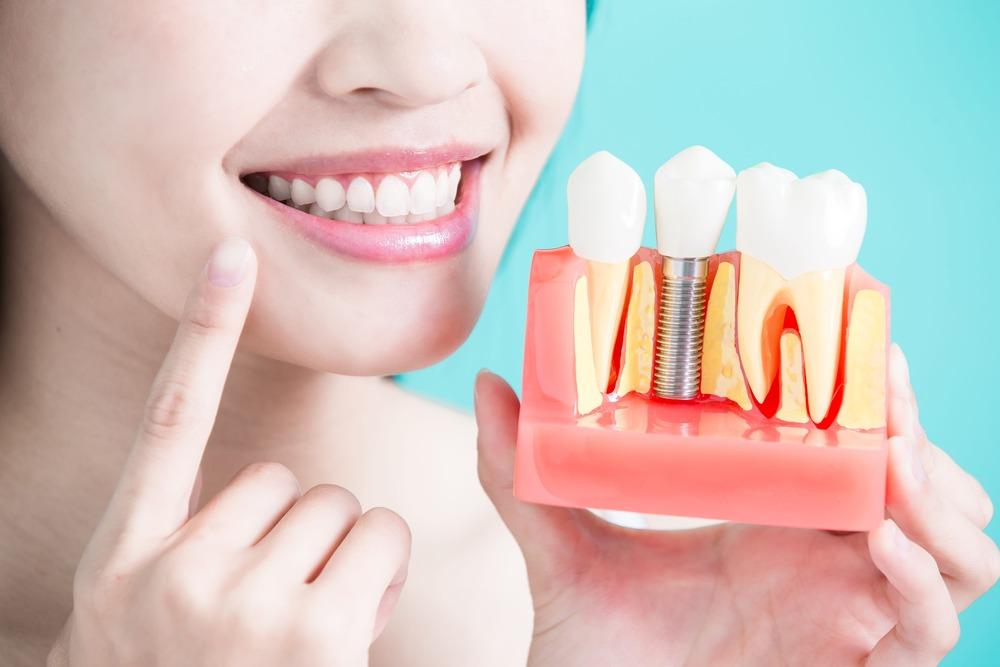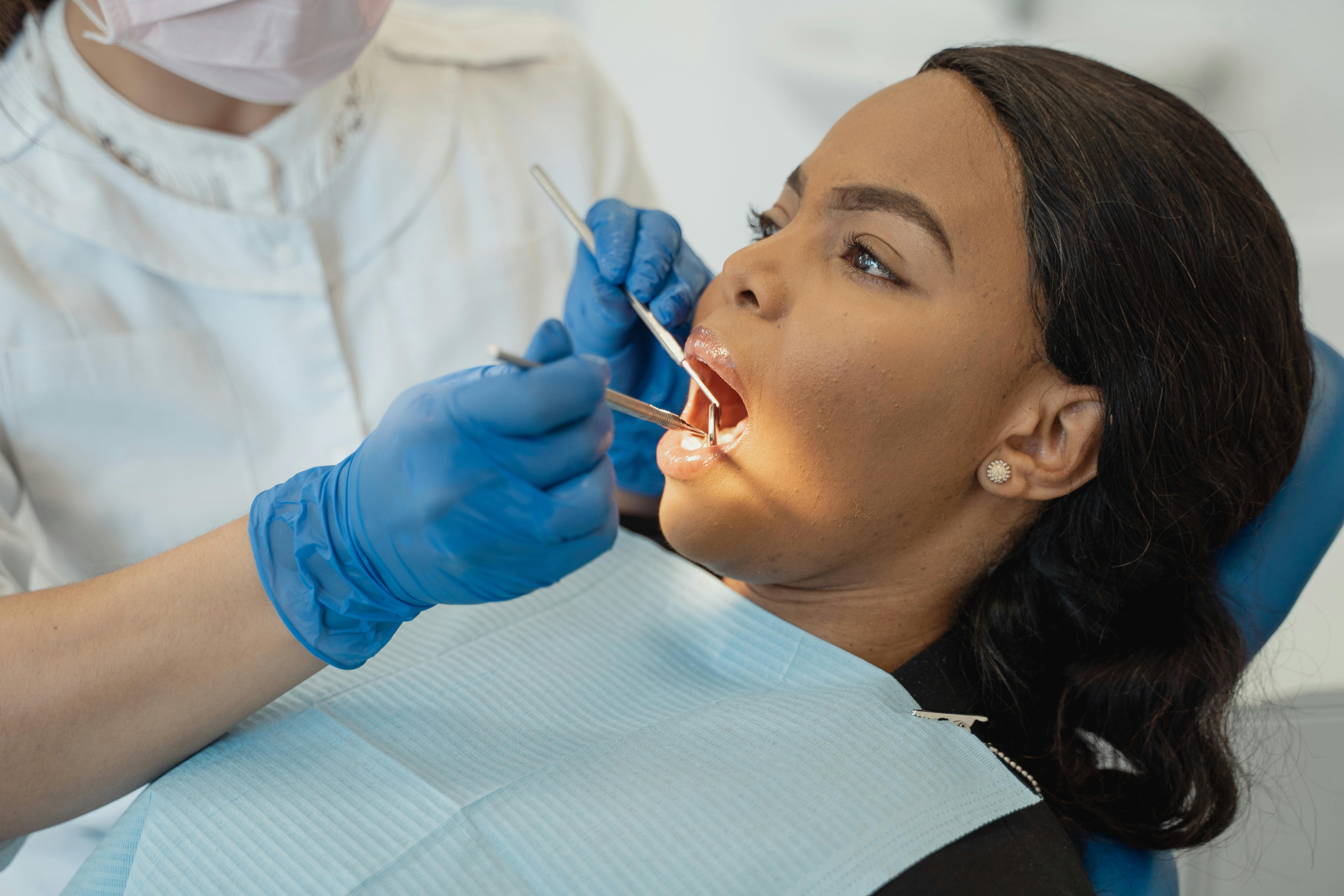When it comes to dental health, many people are unaware of the significant impact that bone density can have on their ability to receive dental implants. Low bone density, often associated with conditions like osteoporosis, can pose challenges for those seeking to restore their smiles. However, advancements in dental technology and techniques have made it possible for individuals with low bone density to still benefit from dental implants. In this blog, we will explore various methods that can help you achieve a successful dental implant procedure, even if you have low bone density.

Understanding Bone Density and Its Importance
Bone density refers to the amount of bone mineral in bone tissue. It is a crucial factor in determining the strength and health of your bones. According to the National Osteoporosis Foundation, approximately 54 million Americans have low bone density, which increases the risk of fractures and other complications.
Here's a quick overview of bone density statistics:
| Age Group | Percentage with Low Bone Density (%) | Estimated Population (Millions) |
|---|---|---|
| 50-59 years | 10% | 5.4 |
| 60-69 years | 20% | 7.2 |
| 70+ years | 30% | 8.1 |
As you can see, the risk of low bone density increases significantly with age. This is particularly concerning for older adults who may require dental implants to replace missing teeth.
Techniques for Dental Implants with Low Bone Density
Fortunately, there are several techniques that can help individuals with low bone density successfully receive dental implants. Here are some of the most effective methods:
1. Bone Grafting
Bone grafting is a surgical procedure that involves transplanting bone tissue to the jawbone to create a stable foundation for dental implants. This technique can significantly improve the chances of successful implant placement.
Types of Bone Grafts:
| Type of Graft | Description | Success Rate (%) |
|---|---|---|
| Autograft | Bone taken from the patient's own body | 90-95% |
| Allograft | Bone from a donor (cadaver) | 85-90% |
| Synthetic Graft | Biocompatible materials used to stimulate growth | 80-85% |
Bone grafting not only enhances the bone density but also promotes healing and integration of the implant.
2. Sinus Lift
A sinus lift is a surgical procedure that adds bone to the upper jaw in the area of the molars and premolars. This is particularly useful for patients who have experienced bone loss in the upper jaw due to sinus expansion.
Sinus Lift Benefits:
- Increases bone height
- Improves implant stability
- Enhances overall oral health
3. Mini Dental Implants
Mini dental implants are smaller in diameter than traditional implants, making them a viable option for patients with low bone density. They require less bone for placement and can often be placed with less invasive techniques.
Comparison of Mini vs. Traditional Implants:
| Feature | Mini Dental Implants | Traditional Implants |
|---|---|---|
| Diameter | 1.8-3.3 mm | 3.5-5.0 mm |
| Bone Requirement | Less | More |
| Healing Time | Shorter | Longer |
Mini dental implants can be a game-changer for those who may have been told they are not candidates for traditional implants.
The Importance of Consultation
Before proceeding with any dental implant procedure, it is crucial to consult with a qualified dental professional. They can assess your bone density and recommend the best course of action tailored to your specific needs. Many dental clinics offer free consultations, which can be a great opportunity to discuss your options.
For more information on dental implants and bone density, you can visit American Academy of Implant Dentistry or National Osteoporosis Foundation.
Conclusion
Low bone density does not have to be a barrier to achieving a beautiful smile through dental implants. With advancements in dental technology and various techniques available, individuals with low bone density can still enjoy the benefits of dental implants. Whether through bone grafting, sinus lifts, or mini dental implants, there are options to suit your needs.
If you or someone you know is struggling with low bone density and considering dental implants, don't hesitate to reach out to a dental professional. Your journey to a healthier smile is just a consultation away! 😊✨
Remember, maintaining good oral health is essential, and with the right support, you can achieve the smile you've always wanted! 🦷💖




